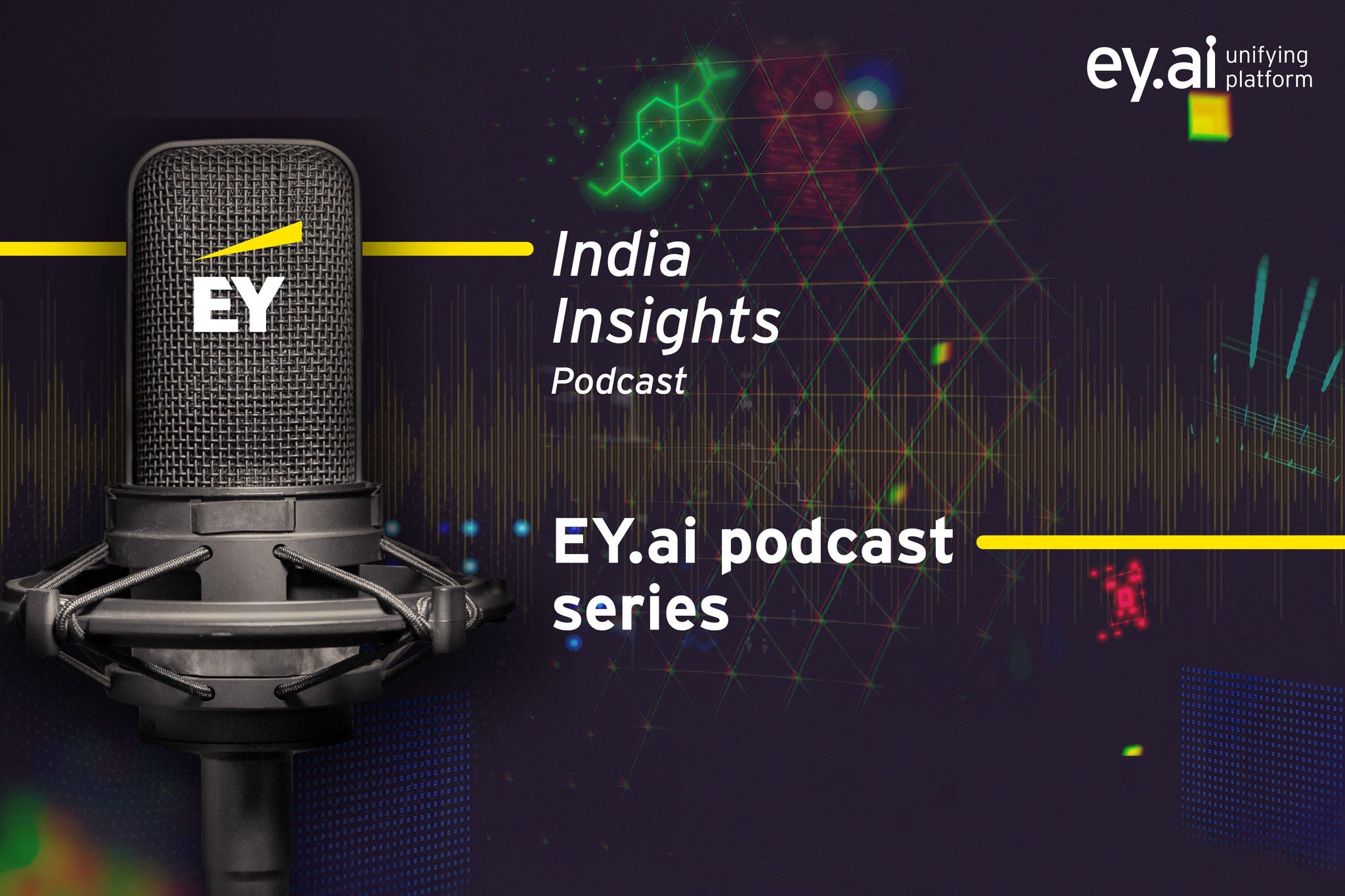EY refers to the global organization, and may refer to one or more, of the member firms of Ernst & Young Global Limited, each of which is a separate legal entity. Ernst & Young Global Limited, a UK company limited by guarantee, does not provide services to clients.
Discover in-depth analysis of each Tech Trend, its potential applications, and its impact on the future. Don't miss out on this valuable resource for understanding technology trends 2024 and beyond!
Is Generative AI beginning to deliver on its promise in India? AIdea of India update: Explore the economic and business potential of Generative AI.
As computationally inefficient software drives increased energy consumption, the imperative for green software grows alongside the booming global software market, projected to hit a trillion dollars by 2024 from $825 billion in 2022. IDC states the AI-centric software sector is set to surge with a 30%+ CAGR, reaching $251 billion by 2027. Currently, the Information and Communications Technology (ICT) industry contributes 3.9% to global greenhouse gas emissions, up from 1.6% in 2007, with a predicted 14% share by 2040. Notably, training a single neural network model today emits as much carbon as five cars throughout their lifetimes.
To mitigate emissions, the software industry must transition to sustainable practices, starting with green coding. Sustainable or green coding development is an approach to software engineering that prioritizes energy-efficient patterns and processes throughout the software delivery lifecycle. It involves optimizing code to minimize energy consumption and resource usage, promoting sustainable development practices, and utilizing low-power hardware or energy-efficient infrastructure.
Sustainable software integrates energy-efficient algorithms that execute computing operations more swiftly and effectively than standard software implementing green coding principles reducing application footprint, memory, CPU, network, and data footprint. The benefits of sustainable software extend beyond environmental considerations, including a less complicated architecture, faster computing speeds, and cost savings.












